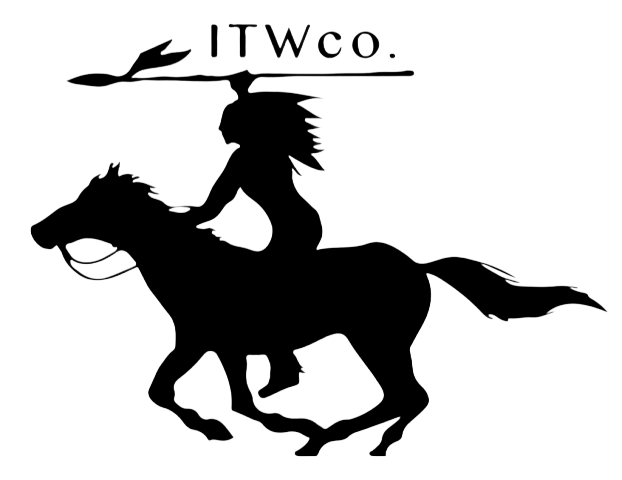Pumpkin is an incredibly nutritious food. It’s nutrient dense, meaning it has lots of vitamins and minerals and relatively few calories.
One cup (245 grams) of canned pumpkin provides:
- Calories: 137
- Protein: 3 grams
- Fat: 7 grams
- Carbs: 19 grams
- Fiber: 7 grams
- Vitamin A: 209% of the Daily Value (DV)
- Vitamin K: 37% of the DV
- Copper: 28% of the DV
- Vitamin E: 22% of the DV
- Iron: 18% of the DV
- Magnesium: 13% of the DV
- Riboflavin: 10% of the DV
- Vitamin B6: 10% of the DV
- Vitamin C: 10% of the DV
- Potassium: 10% of the DV
It also contains smaller amounts of several other nutrients.
The vitamin A contained in pumpkin is actually in the form of vitamin A precursors beta carotene and alpha carotene. Your body can turn these powerful antioxidants into vitamin A after you consume them!!
Immunity
Pumpkin gives you a hefty dose of beta carotene, which is partially converted into vitamin A. Vitamin A can help your body fight infections.
Some research shows that vitamin A is particularly important for strengthening the intestinal lining, making it more resistant to infections (
Vitamin C also plays a key role in immune health by strengthening the immune cells that respond when a pathogen is identified (
Eye health
There are a couple of ways in which pumpkin is good for your eyes.
First, it’s rich in beta carotene, which helps keep your vision sharp by helping the retina absorb light (
Second, the combination of other vitamins and minerals in pumpkin may protect against age-related macular degeneration.
One study found that people with age-related macular degeneration could slow its progression by taking supplements containing zinc, vitamin C, vitamin E, beta carotene, or a combination of these (
While that study used a supplement, you can find all of these nutrients in pumpkin, although in smaller amounts.
Skin health
The antioxidants found in pumpkin are important for skin health. These include beta carotene and vitamins C and E.
Beta carotene, in particular, may protect your skin from the sun’s damaging ultraviolet (UV) rays. Eating foods with beta carotene may also help improve the appearance and texture of your skin. (
Vitamins C and E also have antioxidant properties. They’re often used as an ingredient in skin care products, but they may even help boost skin health when eaten. However, more research in humans is needed (
Heart health
Eating fruits and vegetables supports heart health. What’s more, pumpkin contains specific nutrients that are good for heart health.
Particularly, potassium may help reduce high blood pressure levels (
In addition, fiber may help lower blood cholesterol levels by binding with the cholesterol in the foods you eat and preventing its absorption (
Metabolic health
Eating foods rich in beta carotene, such as pumpkin, may help improve your metabolic health — that is, how well your blood sugar is managed and the distribution of fat on your body (
Pumpkin is also rich in fiber, which can help dull blood sugar spikes after you consume carb-containing foods (
However, your overall dietary pattern is much more important for your health than simply occasionally eating pumpkin.
SUMMARYMost of the health benefits of pumpkin relate to its content of fiber and micronutrients, including beta carotene and vitamin A.
Ways to eat pumpkin
Pumpkin is popular in pancakes, pies, custards, and muffins, but it also works well in savory dishes.
You can cook it into a soup or roast it with other vegetables. Canned pumpkin can be combined with coconut milk and spices to make a creamy curry base.
You can also eat other parts of the pumpkin plant. Its seeds are roasted for a crunchy snack or salad topping, while its flowers are often battered and fried.
Source: healthline

